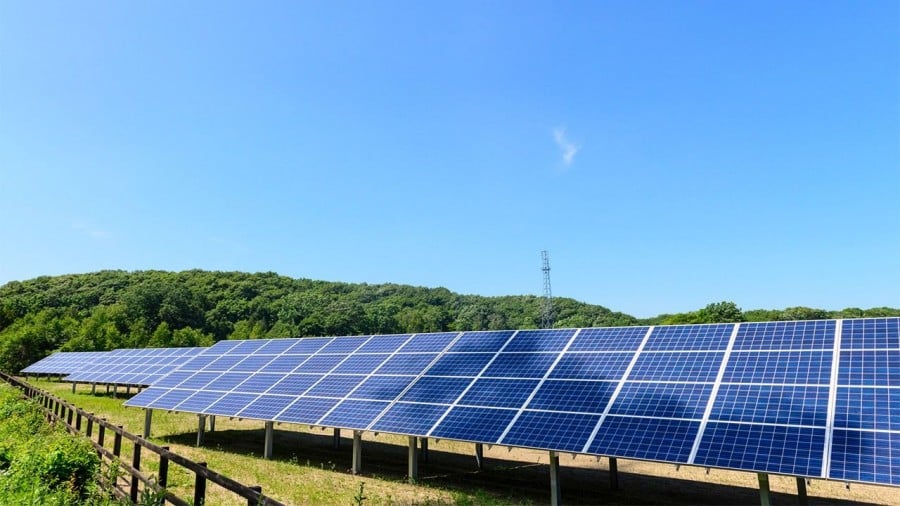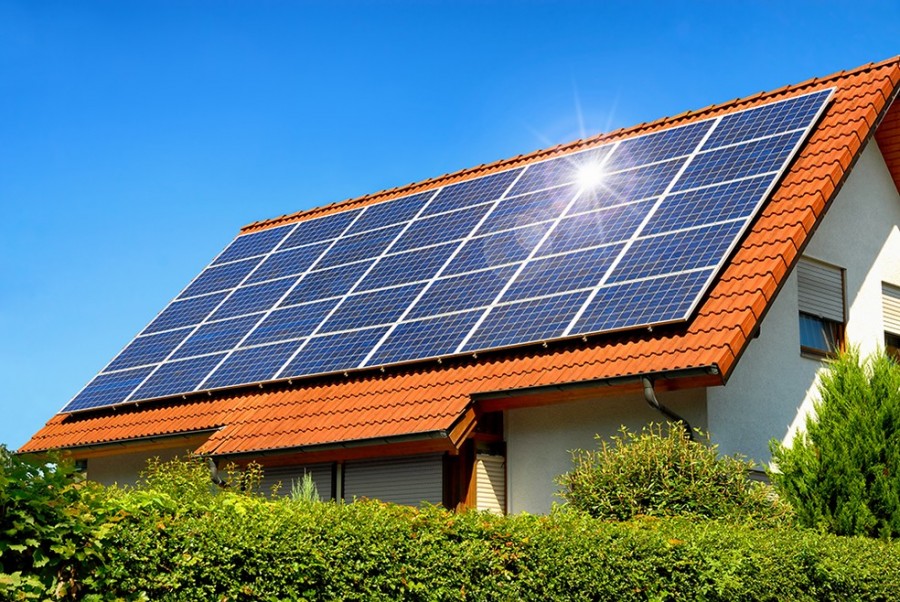Solar energy is widely used all over the world and in Japan this energy source has been generated since the late 1990s. Japan is one of the countries with the highest production of residential photovoltaic panels and cells. The solar radiation index in Japan is 4.3 to 4.8 kWh/m² per day.
Japan is a country that has little territorial extension and contains many irregular reliefs. These unfavorable conditions make the country seek innovative and futuristic energy supply solutions to meet the demand of its population of over 125 million. 80% from its supply depend on foreign sources.
Solar energy became a priority in Japan after the nuclear disaster of Fukushima in 2011, becoming the second largest in the world market between 2013 and 2014 with a record of 6.97 GW and 9.74 GW of installed power.

Índice de Conteúdo
oil crisis
The oil crisis of 1973 and 1979 interfered with solar energy significantly. The consumption of the resource increased and in the following years the consumption of large industries was unstable, but the residential, commercial and transport of passengers and goods increased.
At the end of the 80's there was a decrease in imports in Asian countries and the Japan came to depend of Middle East oil accounting for 90% of imports and other energy sources. This was significant because it's an important thing for getting energy sources.
Apparently, oil has everything to be a global energy source and the demand, mainly from the Asian continent, tends to increase. In order not to run the risk of suffering energy shortages, Japan is already thinking about promoting independent resources so as not to experience emergency situations, but the cooperation of oil producing countries will be necessary.

residential solar energy
Since 2013 in Japan there is an incentive for the entire population to adopt the use of solar energy in their homes. Solar energy already reached an installed capacity of 6707 MW.
So the idea of installing photovoltaic systems on rooftops across Japan was adopted and making this installation affordable for everyone. Japan has become one of the world's leading manufacturers. Several companies already invest in photovoltaic energy, and many of their ventures are carried out here in Brazil.
The world's most powerful floating solar power plant was built in Japan. This Japanese power plant has 51,000 floating solar panels that act to supply more than 5,000 homes with electricity. This helps to help with the environment. The plant is located on the Yakamura Reservoir, 70km from the capital, Tokyo. On average, it produces more than 16,000 MW/hour per year, aiding Japan's plan to source 24% of all its electrical capacity from renewable sources by 2030.

Greenhouse effect
The greenhouse effect is important for life on Earth, it helps us not to die, in fact it might not even be possible to have life on this planet. If it didn't have the greenhouse effect, the Earth's temperature would be minus 18°C. Greenhouse gases absorb solar radiation and emitem back to the earth's surface heat (infrared radiation). Some of this heat leaves the atmosphere and returns to space, so the Earth maintains the temperature that allows life to exist.
What results in the greenhouse effect are carbon dioxide emissions from the burning of fossil fuels such as oil and carbon, which have become a serious worldwide problem. To reduce these damages, the Kyoto Protocol or Treaty.
The Kyoto Protocol is international, its objective is to make developed countries take on the commitment to reduce gases that aggravate the greenhouse effect, to reduce the impacts caused by global warming. Discussions are also held to establish goals and projects that do not harm the planet.
Technology came to help and simplify life as much as possible, including when it comes to nature. The goal is that with technology we can reduce greenhouse gas emissions. In 1993, the “New Claridade do Sol Program” underwent a structuring and was adopted with the objective of developing innovative technologies aimed at sustainability and to solve problems related to energy and the environment.

The article is still halfway through, but we recommend also reading:
Car solar powered
By the end of the year 2004, Japan was one of the leading countries to occupy the first place in the introduction of solar energy worldwide. In 2009 Japan was the third country in the world in terms of solar electric capacity and the government re-implemented a subsidy system for the generation of solar energy, and this increased the billing of solar cells in the domestic market of Japan.
Other technologies were developed for this purpose such as new energy sources with hydrogen fuel cells also used in place of fuel for automobiles. In the year 2004, Japanese companies developed an electric motor known as "wheel motor",
Toyota did tests in 2019 with a Prius in Japan. The vehicle was covered by solar panels. The panels were 0.03 millimeters on the hood, roof and rear window, made by Sharp. The system manages to recover about 56 km of autonomy with only the energy of the sun.
The Prius Prime works as a plug-in hybrid, charging the batteries through an outlet, rather than using the vehicle's motion. In Japan, solar panels on the Prius car are sold as an option, capable of recovering only 6.5 km of autonomy and charging is done only with the vehicle parked. The new system is almost seven times more efficient, generating around 45 km with the car stationary. On the move, it generates 56 km of autonomy in conjunction with brake regeneration.

Source: Solar Portal and Japanese Embassy in Brazil







